An experiment to grow mushrooms using coffee waste.
The primary goal of this endeavour is to optimize the utilization of waste generated from Horsebox Coffee and the Dark Horse Roastery, with their generous support. The Dark Horse Roastery, grind all their own coffee beans and the roasting process courses the husks to come away from the coffee beans. As the coffee husks are sterilized during the roasting process, they provide a germ-free substrate. Similarly, the discarded coffee grains are pasteurized during coffee production. To further minimize waste, I will repurpose the plastic bags that originally contained the coffee sacks to create the mushroom growing bags. The only item I will need to purchase is the grey oyster grain mushroom spawn, along with a simple weighing machine that costs only a couple of pounds. This self-sufficiency adds to the independence of the project. By combining these elements, a substrate mixture will be created for mushroom cultivation. Once the mushrooms are harvested, the resulting waste can be used as compost for my allotment. This blog post aims to outline the process and benefits of growing mushrooms, while also addressing the practical aspects involved. I should say that I have never grown mushrooms before even from a kit so I am expecting to learn a lot and look forward to the process.
First things first, I had to clean my shed the roof off and the inside, make it dark and put some wire over the holes, for ventilation purposes. Tidy my poly tunnel. Clean a plasterers bath. Images below.
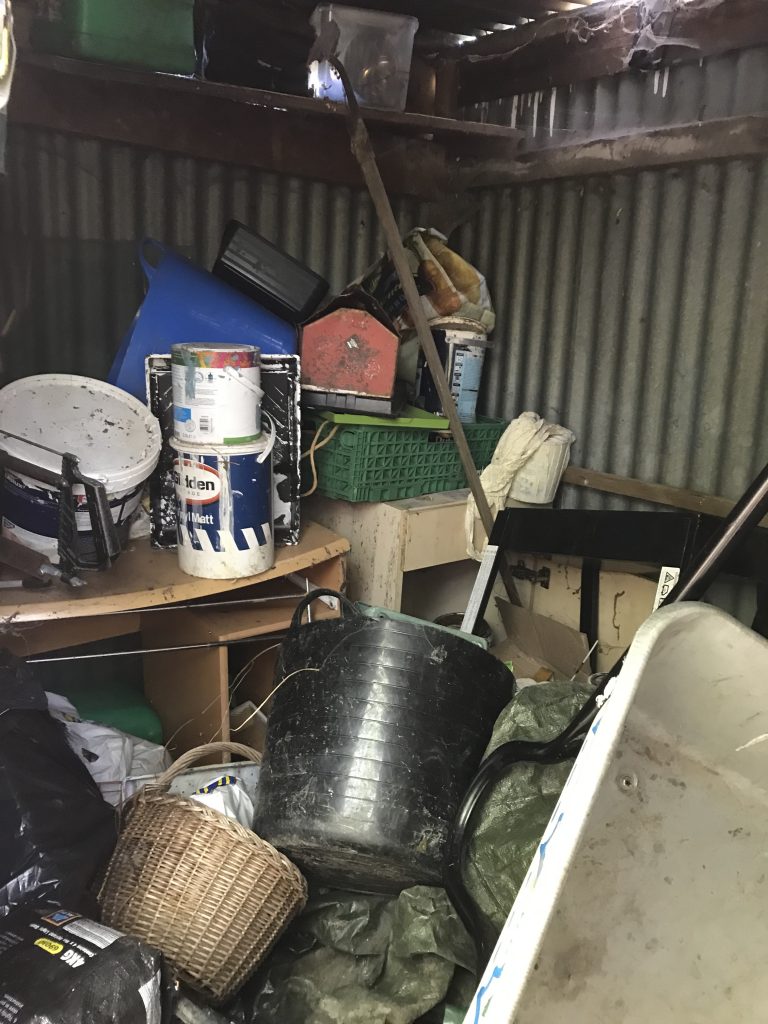
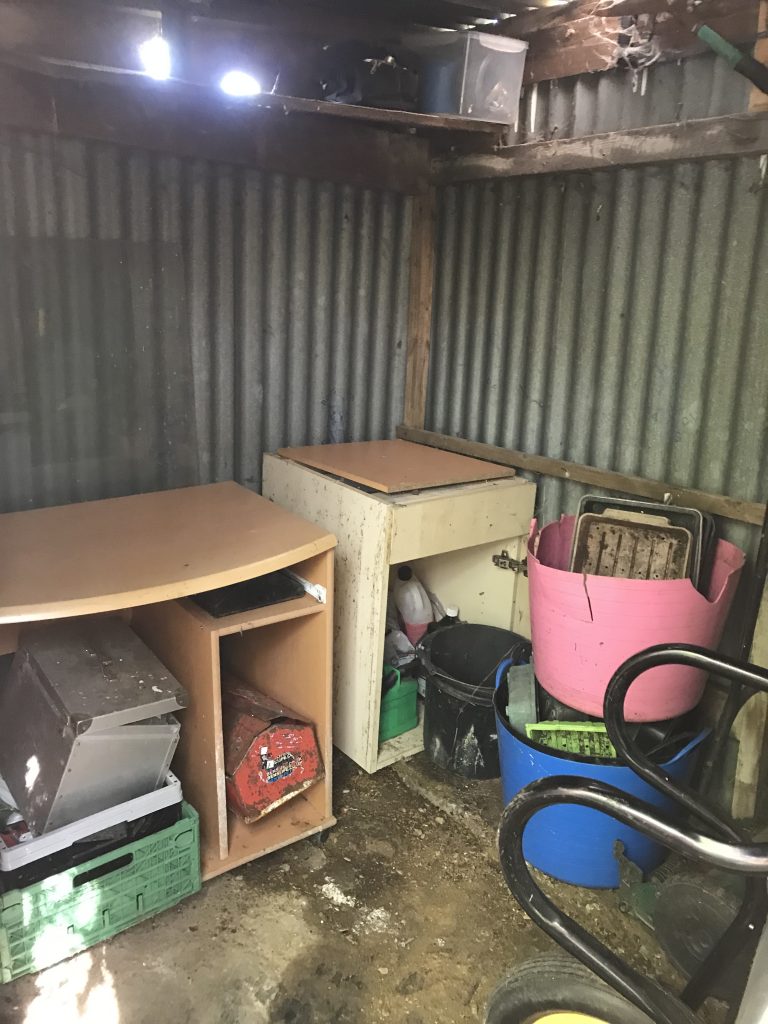
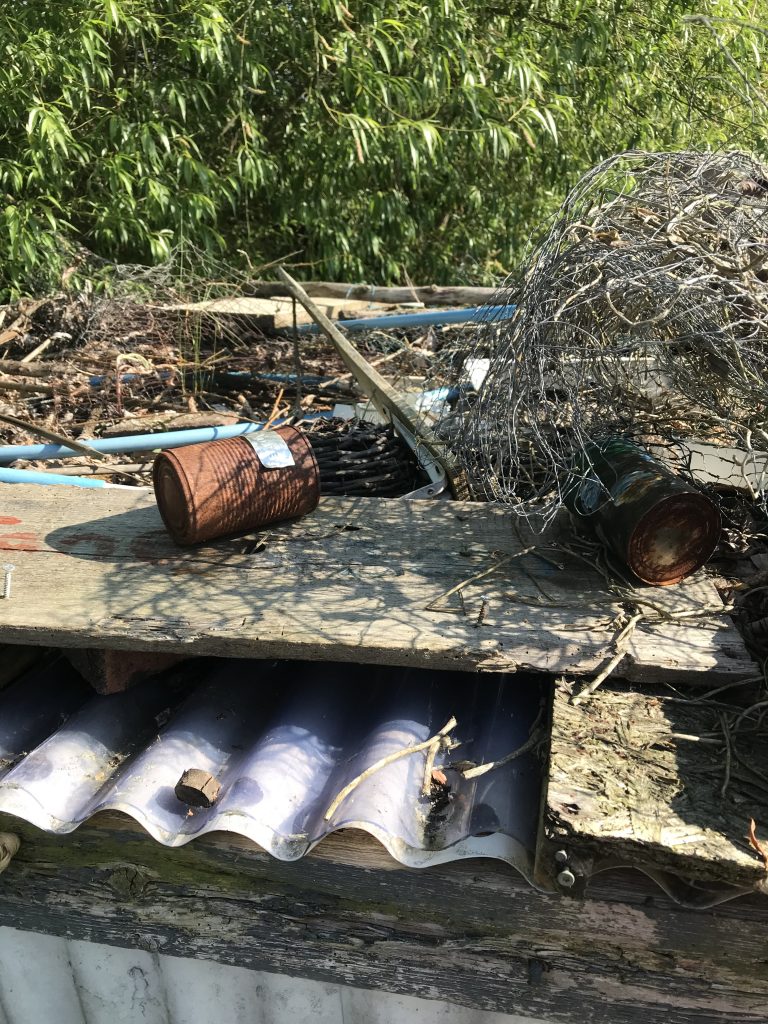
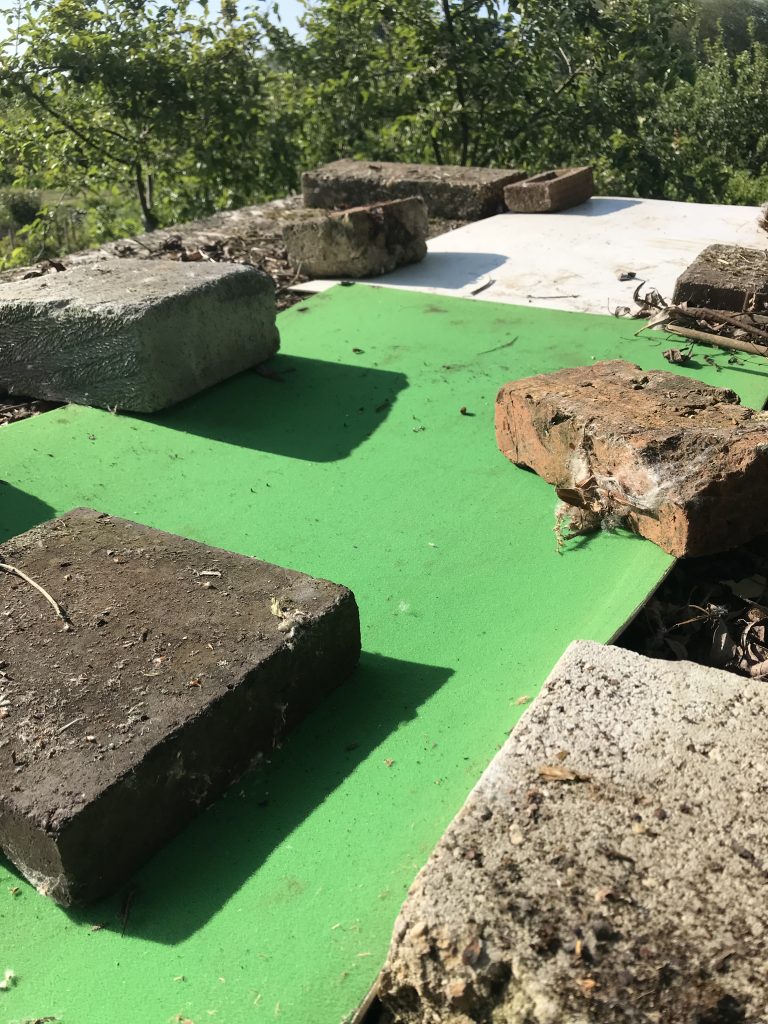
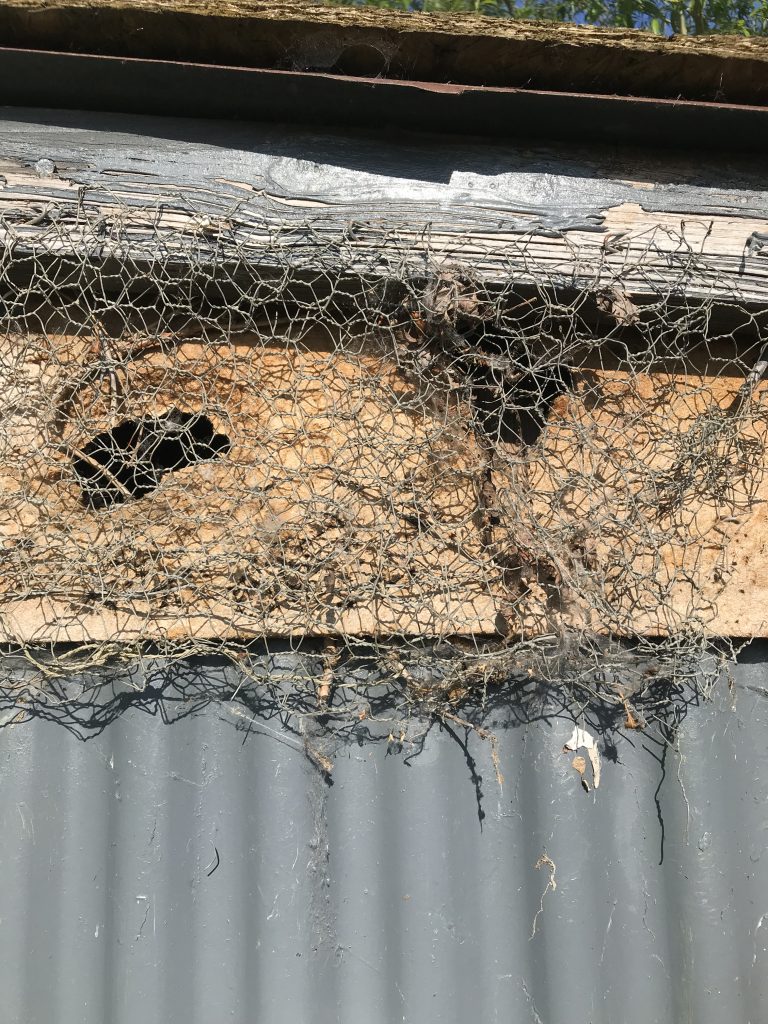
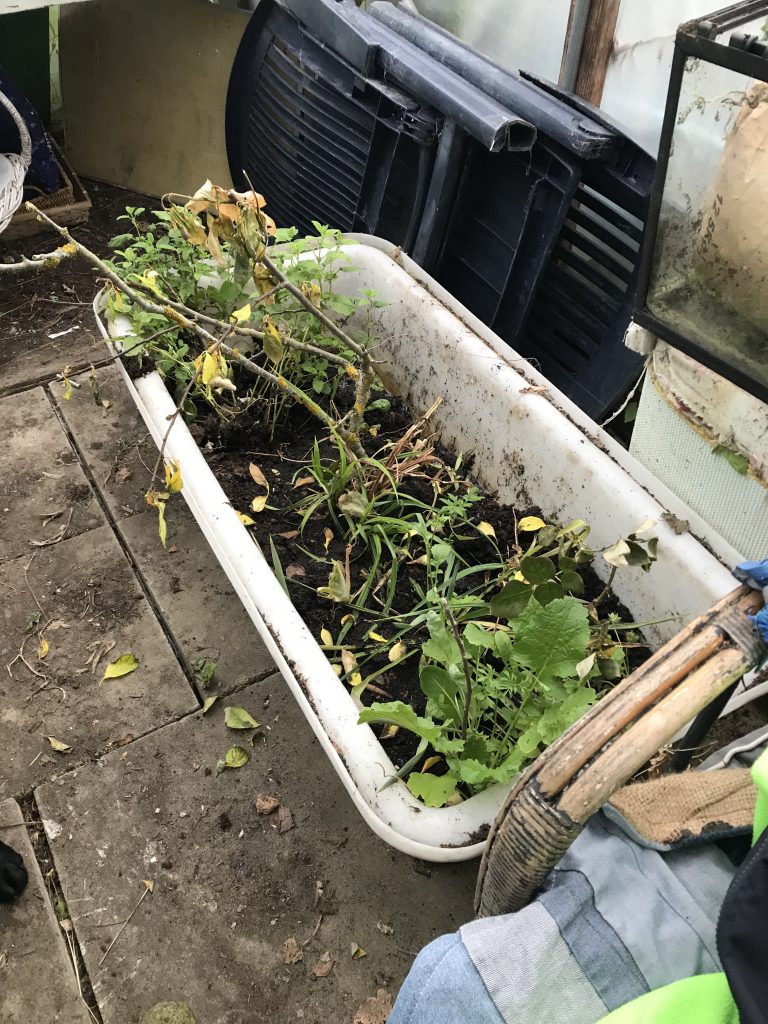
Benefits of Mushroom Cultivation:
1. Low Energy and Water Input: Mushroom growing requires minimal energy and water compared to other crops, making it a sustainable choice.
2. Waste Recycling: By utilizing coffee husks, coffee grains, and even the plastic bags that coffee sacks come in, this project promotes waste recycling. Plus composting all the waste at the end!
3. High-Value Crop: Mushrooms offer a high yield potential, with up to 125 kg per square meter of growing space, making them economically valuable.
4. Nutritional and Versatile: Mushrooms are highly nutritious and can be prepared in various ways, enhancing their appeal in the culinary world.
5. Low-Tech Approach: This mushroom growing project can be successfully carried out without relying heavily on advanced technology.
Research and Resources:
To acquire the necessary knowledge, I extensively researched mushroom cultivation techniques on YouTube. Gro Cycle, a reputable source, provided valuable insights through their free workshop and YouTube videos. Their tutorial on growing mushrooms in a city using waste coffee grounds proved particularly informative. They also published an article explaining why coffee grounds are an excellent medium for growing oyster mushrooms.
The Three Key Areas for Mushroom Cultivation:
1. Mixing Area: For preparing the substrate mixture, I will use an old plasterer’s bath, (see above) combining coffee husks soaked in water, coffee grains, and grey oyster grain mushroom spawn. The ideal proportions are 20% coffee husks (soaked in water) 10% grain spawn, and the remaining portion as coffee grains.
2. Incubation Space: To foster optimal mushroom growth, an incubation space should be warm and dark. I have repurposed my pre-war tin shed on my allotment for this purpose. The shed has been made dark, with ventilation holes covered by wire fences. Given the absence of electricity, I will grow mushrooms seasonally, as they require a temperature range of 68°F to 75°F (20°C to 24°C).
3. Fruiting Area: The fruiting area should be well-lit, adequately ventilated, and have controlled CO2 levels (less than 800ppm) and humidity ranging from 80% to 95%. I will utilize my polytunnel by hanging the mushroom-filled bags inside and placing a water-filled plasterer’s bath beneath them. Small holes will be created in the bags to allow mushrooms to grow, and regular water spraying will be performed for 5 to 10 days. Harvesting is recommended when the mushrooms easily detach from the bags and the caps are still curved downward.
1 Comment